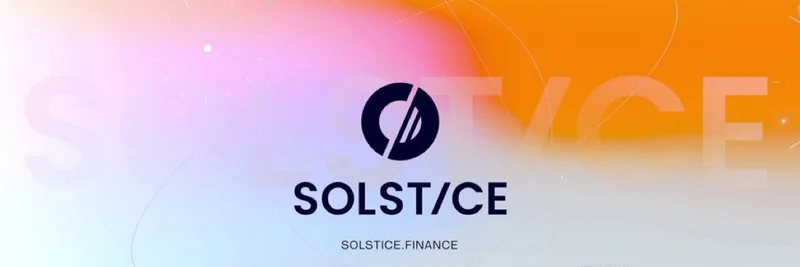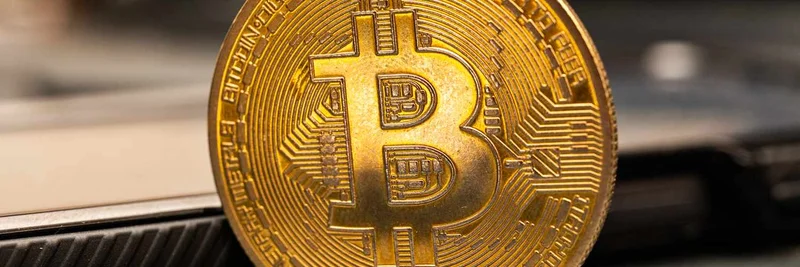Recently, BSCNews sparked some curiosity with a tweet asking: "WHAT IS QUANT NETWORK $QNT - Is @quantnetwork's vision and mission enough to make you bullish on this crypto OG...?" They linked to their in-depth article on the topic. If you're into crypto, especially on chains like BSC where memes thrive, understanding interoperability players like Quant could give you an edge. Let's break it down in simple terms, drawing from that BSC News piece.
A Quick History of Quant Network
Quant Network kicked off in 2015, founded by Gilbert Verdian, a guy with serious creds in cybersecurity—he's held big roles at places like Mastercard's Vocalink and even government gigs in the UK and Australia. He teamed up with Colin Paterson and Dr. Paolo Tasca, who brings blockchain advisory experience from the EU Parliament and UN.
The big idea? Overledger, their flagship tech, started as a concept in 2013 to link different blockchains. By 2016, Verdian helped create the ISO standard for blockchain tech. Fast forward to 2018: They launched Overledger, raised $26 million in an ICO, and minted their $QNT tokens. They burned about 9.4 million tokens later, capping the supply at 14.6 million. Milestones include working with fintech in 2019, governments in 2020, and big collabs like Oracle in 2021.
The Tech Behind Quant: Overledger Explained
At its core, Quant is all about interoperability—making different blockchains talk to each other without drama. Think of Overledger as the operating system for blockchains, like Windows for your PC, but for crypto networks. It sits on top of chains like Bitcoin, Ethereum, and XRP, letting devs build apps that work across them all. These are called multi-chain decentralized apps, or mDApps.
Key perks? You can write smart contracts in any programming language, not just Solidity or whatever. It prevents forking for security, and handles tokenization easily with standards like QRC-20 (like ERC-20 but Quant-style) for fungible tokens and QRC-721 for NFTs. There's also the Overledger Network Marketplace, where you buy and sell mDApps and data via smart contracts, with fees going through their Treasury.
Then there's Quant Flow, a "money engine" that automates stuff like payments, compliance, and cross-border transfers. It plays nice with traditional banks and stablecoins, making finance smoother without ripping out old systems.
Vision and Mission: Building an 'Internet of Trust'
Quant's mission is straightforward: Create a universal protocol so blockchains and old-school systems can swap data and value seamlessly. Their vision? An "Internet of Trust" where everything from finance to healthcare runs on connected, secure networks. In a world where memes jump chains and DeFi explodes, this could mean easier cross-chain trades and less silos.
Standout Features
- Overledger OS: Blockchain-agnostic API that connects everything, supports any language for contracts, and enables secure exchanges.
- Quant Flow: Automates financial workflows, boosting efficiency for things like programmable securities.
- Marketplace: A spot to trade mDApps and data.
- Real-Time Tokenization (RTT): Instant asset tokenization, born from projects like Rosalind with the Bank of England.
- Privacy Pools: Working with 0xbow to balance transparency and privacy, inspired by Vitalik Buterin.
Tokenomics: Why $QNT Matters
$QNT is an ERC-20 token on Ethereum, but it's the key to Quant's ecosystem. You need it for licenses to use Overledger, paying for operations like data reads/writes or cross-chain stuff. Staking lets you vote on governance too.
Supply is fixed at 14.6 million—no more minting. About 12 million circulate, with some locked up. Distribution: Most from the ICO public sale (68%), company reserves (18%), and team (10% after burns). It's deflationary because licenses lock tokens for 12 months, reducing what's available to trade. As adoption grows, demand could spike.
Holders? Over 156,000, fairly decentralized—big exchanges like Binance hold chunks, but no whales dominating.
Real-World Use and Partnerships
Quant isn't just theory. In finance, it speeds up settlements and enables CBDCs—think digital euros or pounds. They've worked on Project Rosalind and ECB's Digital Euro. For supply chains, it tracks goods across networks; in healthcare, secure data sharing.
Partnerships include Oracle for cloud integration, LACChain for Latin America blockchain, and investors like Alpha Sigma Capital. They've got government ties too, showing they're compliant and enterprise-ready.
Is Quant Bullish? Wrapping It Up
So, back to the tweet's question: Is Quant's vision enough to get you bullish? If you're betting on a connected crypto future—where meme tokens on BSC interact seamlessly with Ethereum DeFi or even traditional finance—yeah, it could be. With a fixed supply, growing enterprise adoption, and roles in CBDCs, $QNT has that "crypto OG" vibe with real utility. It's not a hype-driven meme, but in a maturing market, interoperability kings like Quant might lead the pack.
Keep an eye on updates like Overledger 2.2.0 for better performance. If tokenized assets and cross-chain everything take off, Quant could be huge. What do you think—bullish or wait-and-see? Check out the original BSCNews tweet and article for more.


